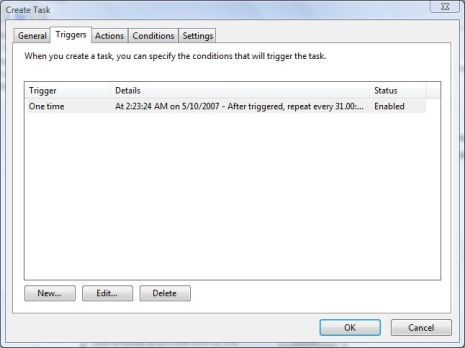

By default, clients can automatically find the KMS server in the domain using a special DNS record – srv _vlmcs._tcp (you can get the name of the server using command: nslookup -type=srv _vlmcs._tcp). More than one KMS server in the network.Duplicating CMID (usually it takes place when cloning an OS).In case if you try to activate the client OS on the KMS server and the count doesn’t increase, it can be caused by the following reasons: The client that hasn’t renewed its activation on the KMS server during 180 days, it goes into the grace period mode.

The client’s OS still activated within 180 days. If within 180 days the client did not renew the activation, the KMS server removes the client’s CMID from the database and reduces activation counter.

KMS client activation period is 180 days, and every 7 days (7 days is set by default, it can be changed with the command slmgr.vbs /sri) the client tries to renew the activation (for the next 180 days). This means that this KMS server received 2599 activation requests from clients. Key Management Service cumulative requests received from clients You can reset the current CMID by running sysprep or using the command: Get-WmiObject -class SoftwareLicensingService -ComputerName salarypc121 | Select-object ClientMachineID You can get the CMID value on a particular computer using the following command: If the client does not contact the KMS activation server during 30 days, it is automatically removed from the KMS database, and the KMS activation counter is reduced by one. if the value of the KMS count has exceeded 25 activation requests from client OSs, this server will not activate server OSs until the number of activation requests from these platform reaches 5). This threshold is 5 activation requests from the server OSs and 25 activation requests from the desktop Windows OSs (the activation thresholds for desktop/server OSs are independent, i. This occurs until a certain minimum threshold of activation requests received within the last 30 days has been overcome in the KMS database. These activation requests are accumulated in the internal KMS cache on the server. In this case, the OS of the computer from which the request was received is not activated immediately. When accessed, the KMS server assigns a unique identifier CMID (client machine identification) to each client and puts it into local database (cache). The matter is that the KMS server has a so-called activation count (kms counter) which value is incremented after each activation request is received from a network client. Please contact your system administrator. The count reported by your Key Management Service (KMS) is insufficient.
How to reset rearm count windows 7 software#
Activating Windows 7, Professional editionĠxc004f038: The Software Licensing Service reported that the computer could not be activated.


 0 kommentar(er)
0 kommentar(er)
